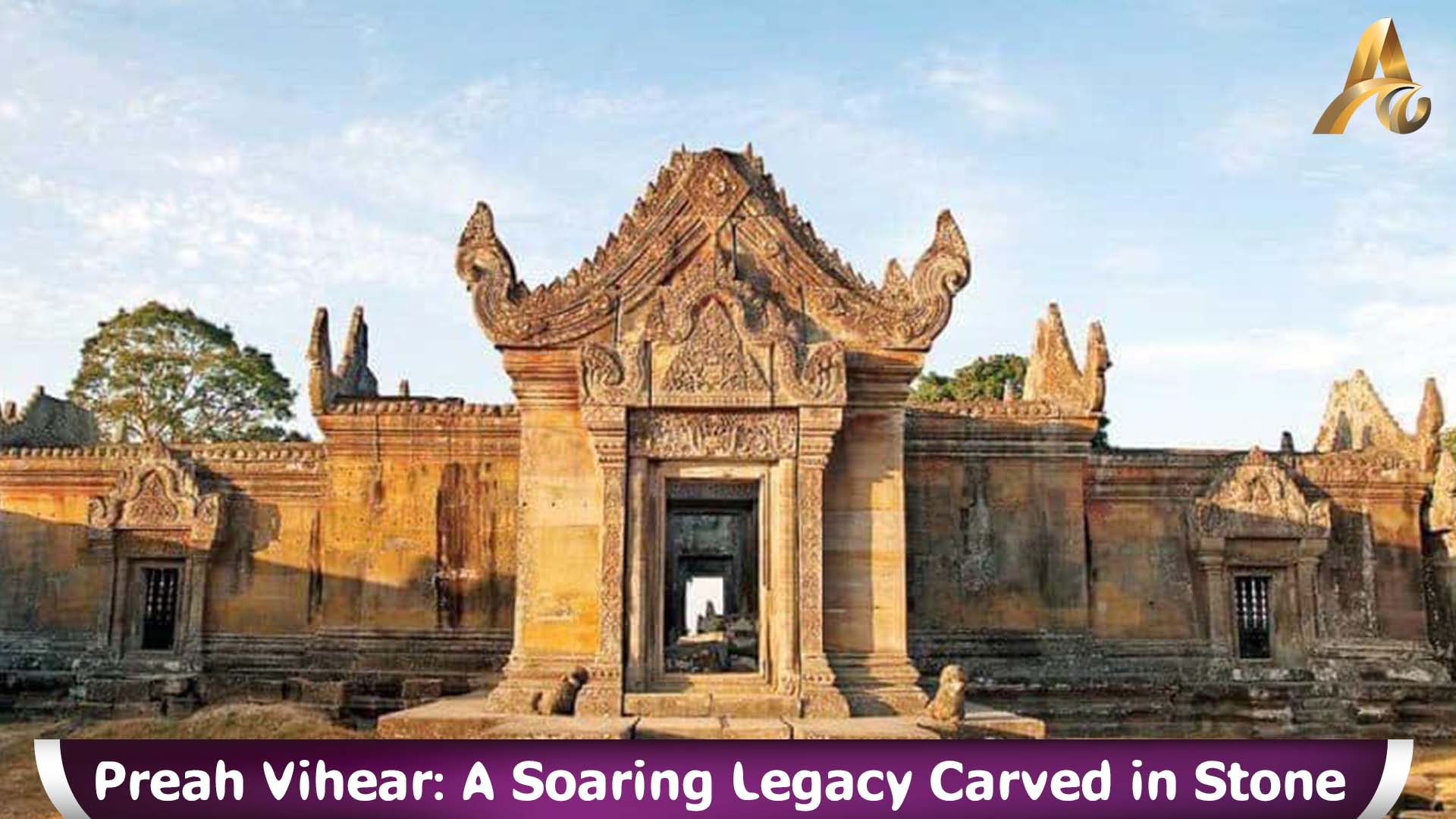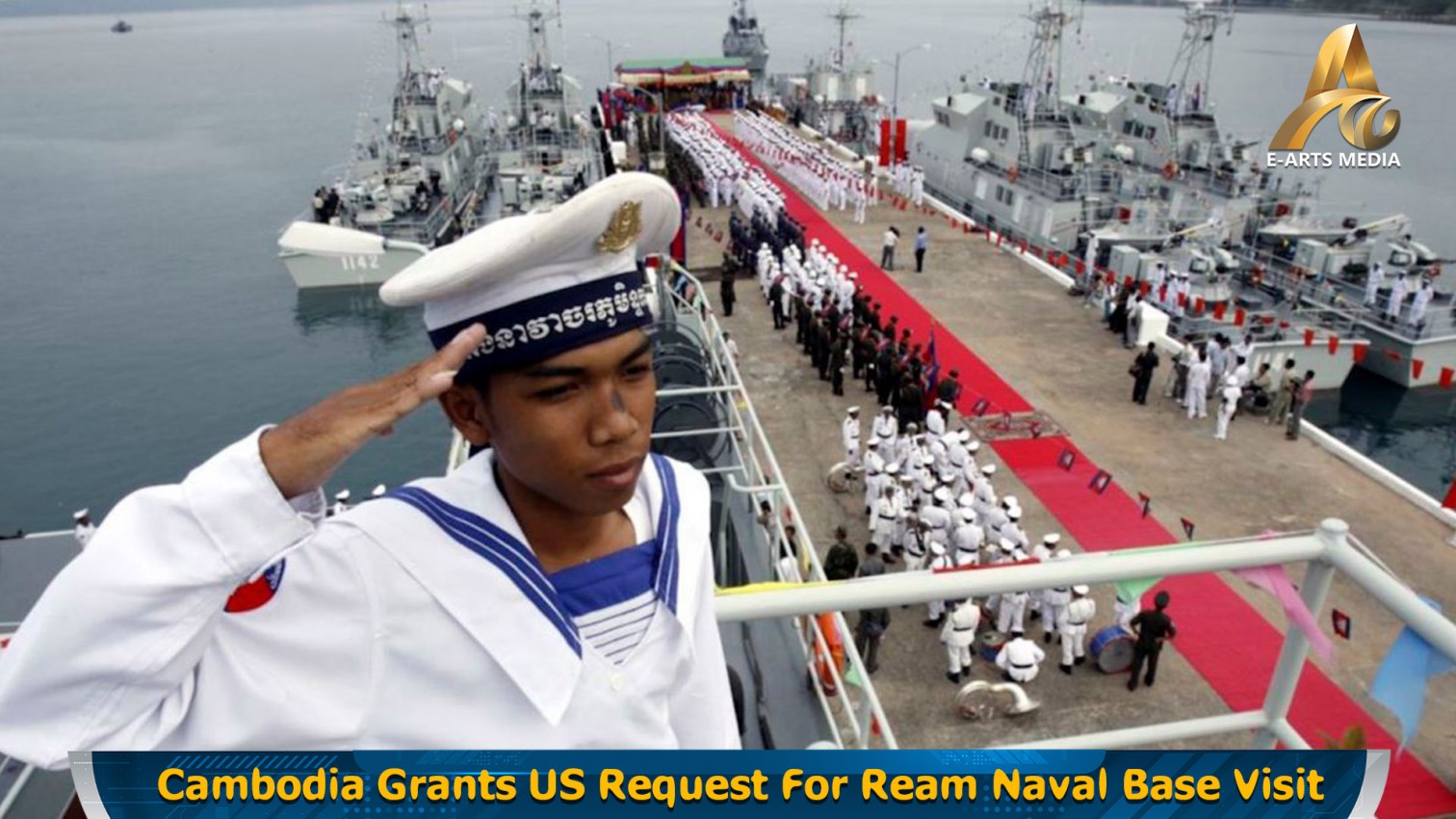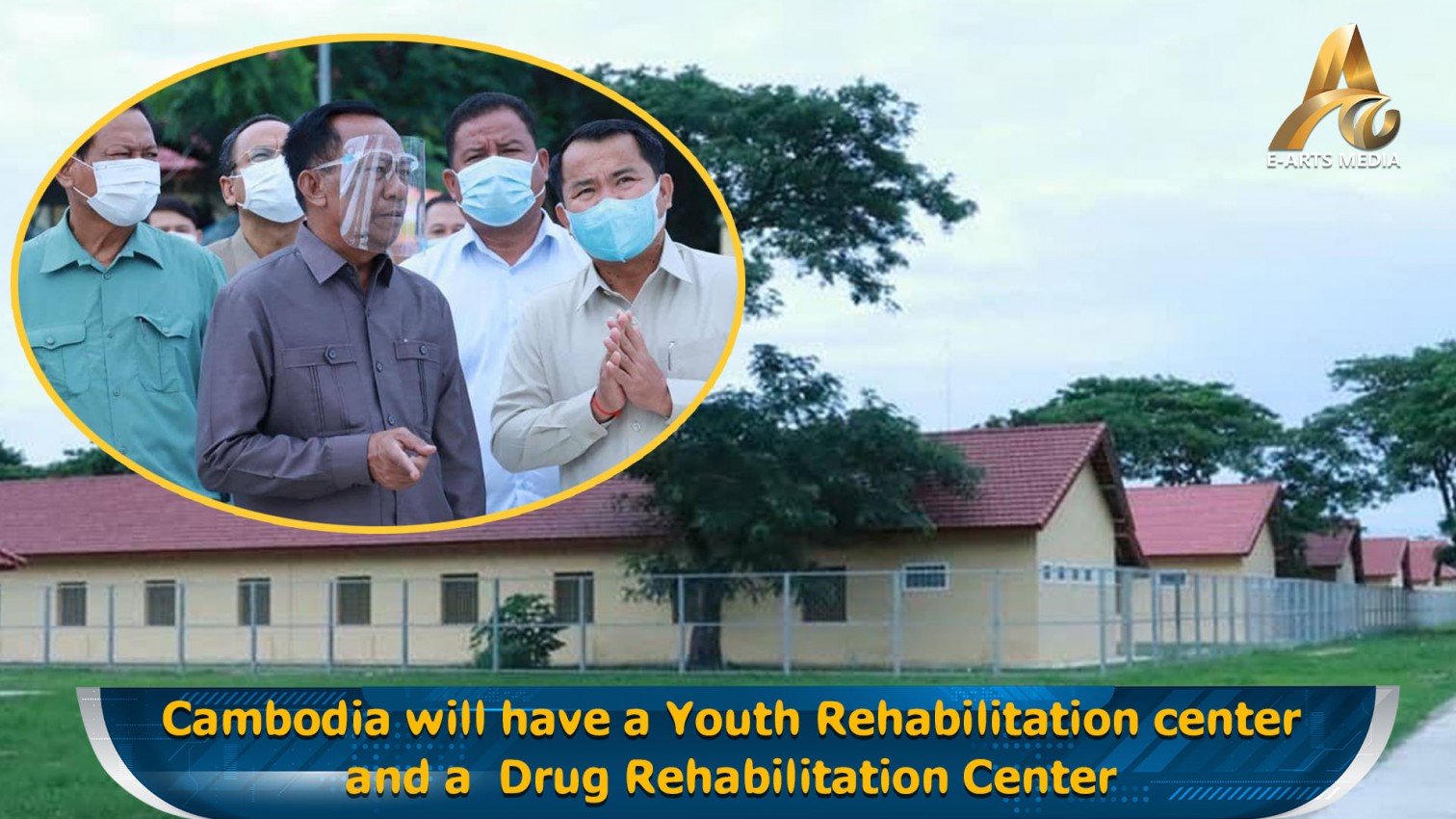PHNOM PENH, May 17, 2024 — High atop the precipice of the Dângrêk Mountains, overlooking a tapestry of emerald green jungles, lies Preah Vihear Temple. Bathed in the golden hues of sunrise, its sandstone towers pierce the sky, a silent testament to the artistic brilliance and unwavering faith of the Khmer Empire.
HISTORICAL BEGINNINGS:
The history of Preah Vihear Temple dates back to the 9th century during the reign of Khmer King Yasovarman I (889-900). Yasovarman I, known for his contributions to the Angkorian civilization, initiated the construction of this temple dedicated to the Hindu god Shiva. Initially serving as a mountain sanctuary and a place of spiritual refuge, the temple was nestled amidst breathtaking natural beauty. As Cambodia experienced spiritual development and increased political prestige, the temple symbolized these advancements, becoming a focal point of worship and cultural significance.
ARCHITECTURAL EVOLUTION:
Over the course of 300 years, subsequent kings, particularly Suryavarman II (1113-1150), continued construction, transforming the modest sanctuary into a sprawling architectural marvel. The architectural style of Preah Vihear is a unique blend of influences. The temple complex cascades down the cliff face in a series of sandstone tiers, each intricately carved with scenes from Hindu mythology and depictions of daily life in the Khmer Empire. The meticulous in situ carvings, a hallmark of Khmer artistry, showcase the exceptional skills of the stoneworkers.
STRATEGIC AND CULTURAL IMPORTANCE:
Preah Vihear Temple's location on the Dângrêk Mountains provided it with strategic significance. The temple offers sweeping views of the surrounding plains, making it not only a spiritual haven but also a vantage point of considerable military importance throughout history. Its commanding position atop a cliff allowed it to be both a place of worship and a fortress.
The temple's strategic importance continued into the 20th century. Under the Franco-Siamese Treaties of 1904 and 1907, the frontier line between Cambodia and Thailand was demarcated along the Dângrêk Mountains. However, the exact ownership of Preah Vihear Temple remained a contentious issue. In 1962, the International Court of Justice at The Hague ruled in favor of Cambodia, confirming that the temple was situated within Cambodian territory. This decision was based on the historical use and administrative records, which showed that the temple had been maintained by Cambodia.
Cultural Heritage and Modern-Day Significance
Today, Preah Vihear Temple stands not only as a magnificent architectural achievement but also as a symbol of Cambodian resilience. In 2008, it was inscribed as a UNESCO World Heritage Site, further solidifying its place as a cultural treasure of global significance. Its intricate carvings and statues continue to draw admiration from scholars, historians, and tourists alike. The temple complex consists of a series of sanctuaries linked by a system of pavements and staircases over an 800-meter-long axis, illustrating the architectural ingenuity of the Khmer Empire.
A PILGRIMAGE THROUGH HISTORY:
A visit to Preah Vihear is a journey through time. Visitors embark on a steep climb, ascending a long causeway flanked by sculpted guardian figures. Each of the five levels, or "Prasats," offers a breathtaking vista of the surrounding landscape. The first level, Prasat Baksei Chamkrong, features a series of impressive baray (reservoirs). The second level, Prasat Mebon, houses the Hall of the 1,000 Lingas (phallus symbols), a testament to Shiva's fertility and creative power.
As you ascend further, the artistry becomes progressively more elaborate. The third level, Prasat Srei, boasts exquisite lintels and pediments depicting scenes from the Ramayana and Mahabharata epics. The fourth level, Prasat Steung, features the Gopura, an imposing gateway adorned with meticulously carved statues of deities. Finally, the highest level, Prasat Preah Vihear, houses the central sanctuary, the heart of the temple complex. Here, visitors can marvel at the intricate carvings and soak in the panoramic views of the surrounding plains.
A LEGACY ENDURING:
Preah Vihear Temple stands as a powerful symbol of Cambodia's rich cultural heritage. It is a place of profound beauty, a testament to the enduring spirit of Khmer artistry, and a reminder of the deep connection between faith and nature. As the sun sets, casting long shadows across the temple complex, visitors are left with a sense of awe and wonder, forever captivated by the magic of Preah Vihear.




































